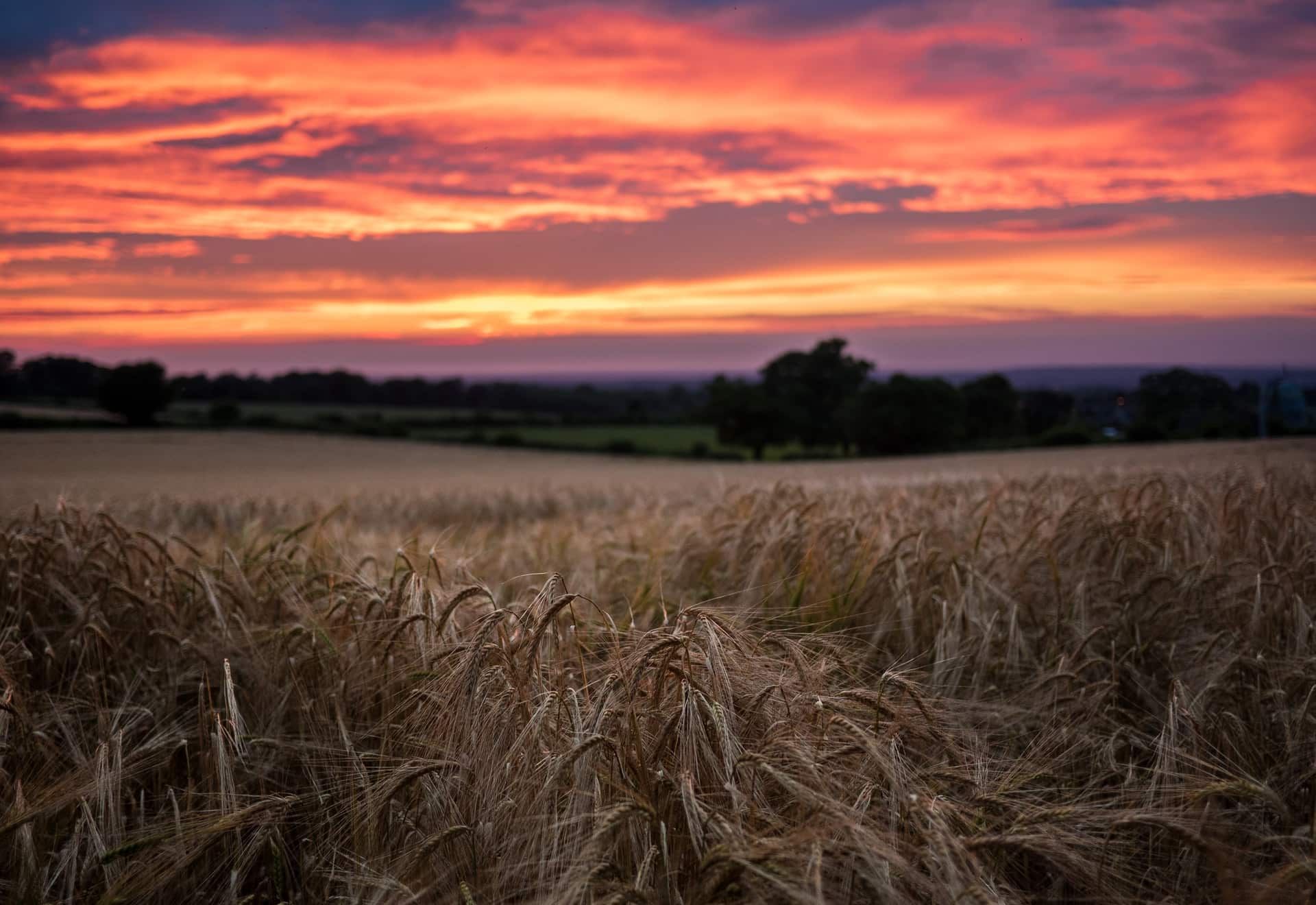There is no suppressing the truth of COVID-19’s grand-scale effects on the agricultural industry and although certain countries are reporting a decrease in cases and the spread being somewhat halted, other areas are unfortunately experiencing a second wave.
With the pandemic’s timeline yet to be determined, specific measures have to be executed in order to look after the most vulnerable people, ensure the continuing existence of global food supply chains, and diminishing the outbreak’s influence on the food system.
Shawn Rana, an experienced senior executive and consultant with 20-plus years of success in manufacturing, fertilizers, oil and gas, and agrichemicals, examines the challenges that COVID-19 has created for the agricultural industry.
IMAGE: UNSPLASH
Disruptions In Supply
People are encountering greater difficulties in securing their food, Shawn Rana acknowledges, as border closures, quarantines, and utter disarray in the markets, trade, and supply chains are hindering their access to sufficient food. Countries impacted gravely by the coronavirus or already in a state of uncertainty about their food supplies are particularly in a predicament. Thus far, disruptions have been minimal because markets are proving to be steady with ample food supply.
But, in the interest of transparency, obstacles have been a side-effect of the pandemic: logistics, the idea of moving food from one point to its ultimate destination, are being interfered with; less food of high-value commodities, such as fruits and vegetables, are coming to the market; and, because of these outcomes, farmers and food processors might eventually be hampered from processing.
Shawn Rana On Food Security Concerns
Around the world, roughly 820 million people are suffering from hunger and an April FAO analysis indicated that millions more are expected to add to these statistics because of the COVID-19 consequences, mainly the recession. A lack of timely and productive policies will play a major role in the rise of these numbers, Shawn Rana states. While a food crisis could be avoided for a few months, make no mistake, one with grim, long-lasting ramifications will develop at some stage.
According to the 2020 Global Food Crises report, 135 million people across 55 countries and territories were documented as experiencing crisis levels of acute food security at the conclusion of 2019. It is the highest degree of food insecurity and malnutrition at crisis levels since the report was first introduced in 2017. Rapid growth of COVID-19 cases in countries with millions of people already enduring food insecurity, many of which also experience capacity restraints in their public health and social protection systems, will result in critical consequences.
A Spike In Price
Local markets are witnessing some food commodity prices increasing due to logistical nightmares or import issues, Shawn Rana says. This costly development, and its overarching repercussions, is intensified in countries already affected by hunger and other crises. Syria, for example, has seen significant price increases that are as high as 40 to 50% and various shortages in basic goods since mid-March. Vegetable seeds and other inputs that farmers largely depend on have also climbed in price, with pesticide costs doubling and 6 dollars added to every pack of tomato seeds in during the month of April.
In Sudan, the prices of staple foods were elevated by more than 10% because of a myriad of factors: devaluation of the country’s currency, scarce supplies, and high production and transportation costs. Expect these rising prices, combined with the economic struggles from the COVID-19 pandemic, to put countries in a quandary where they are short of the resources to buy food, especially those nations that rely on imported products.
If you are interested in even more business-related articles and information from us here at Bit Rebels, then we have a lot to choose from.


COMMENTS